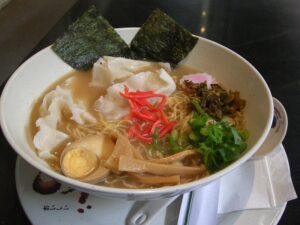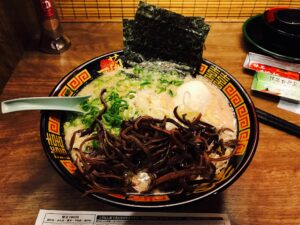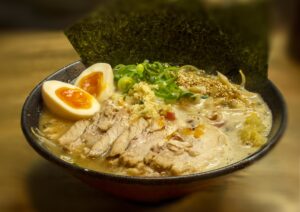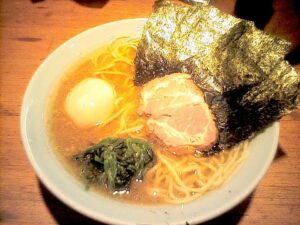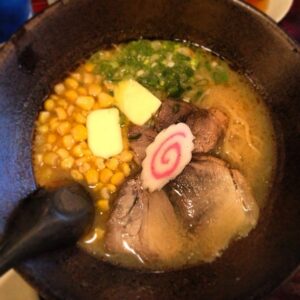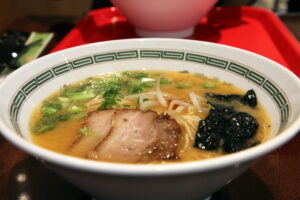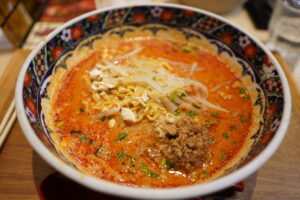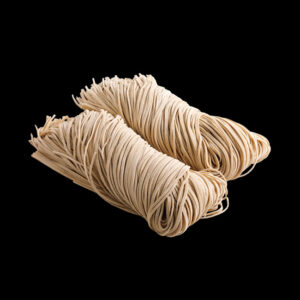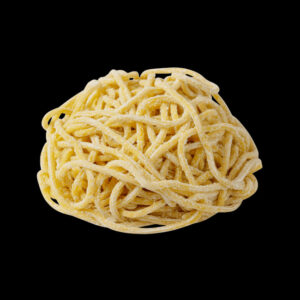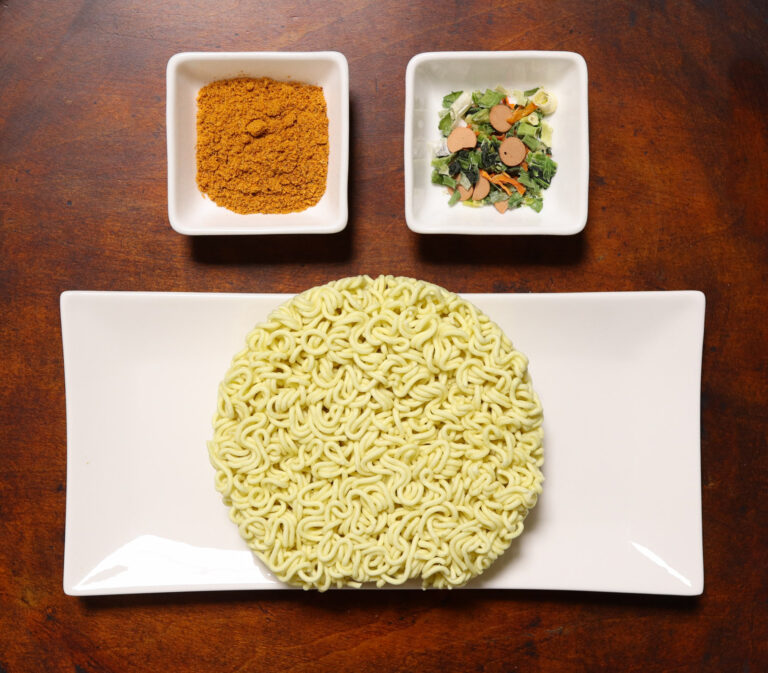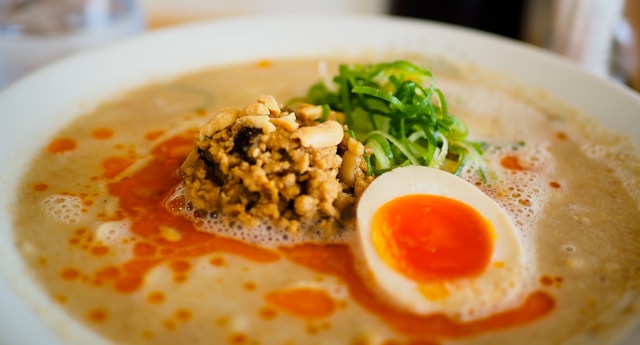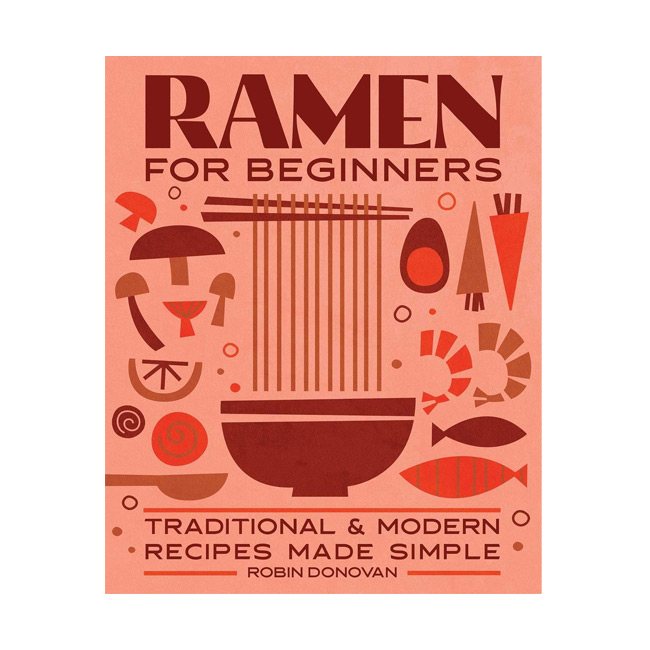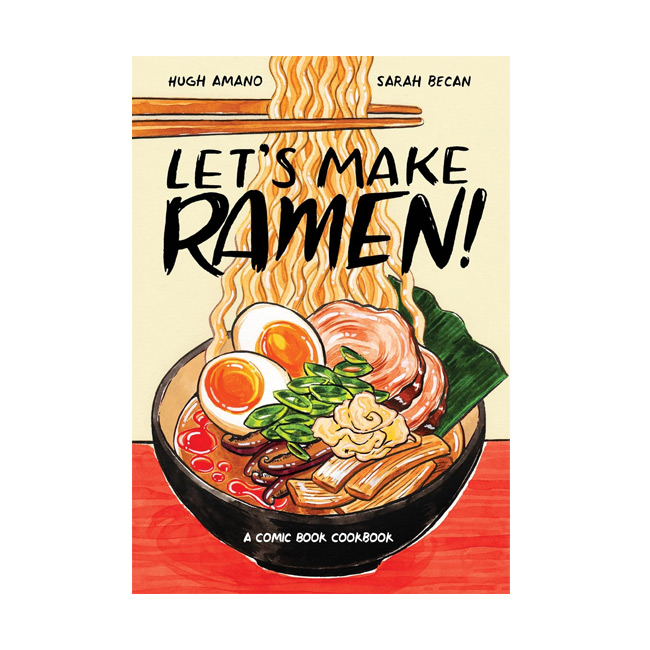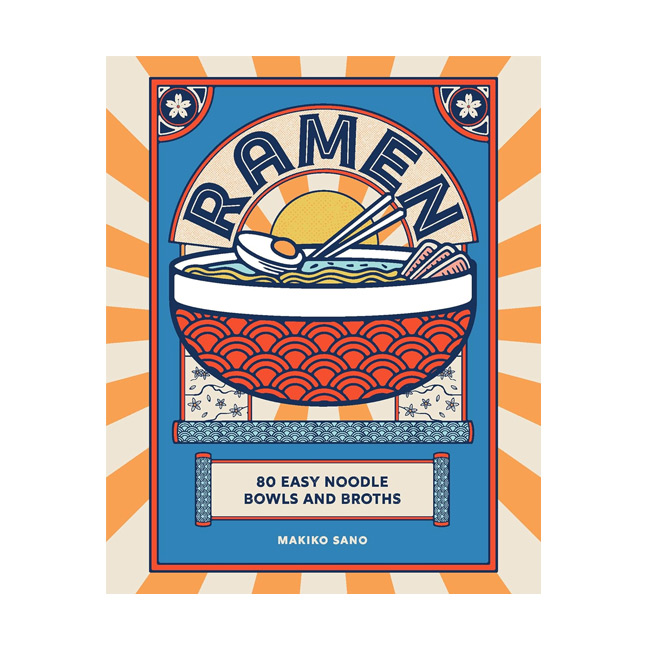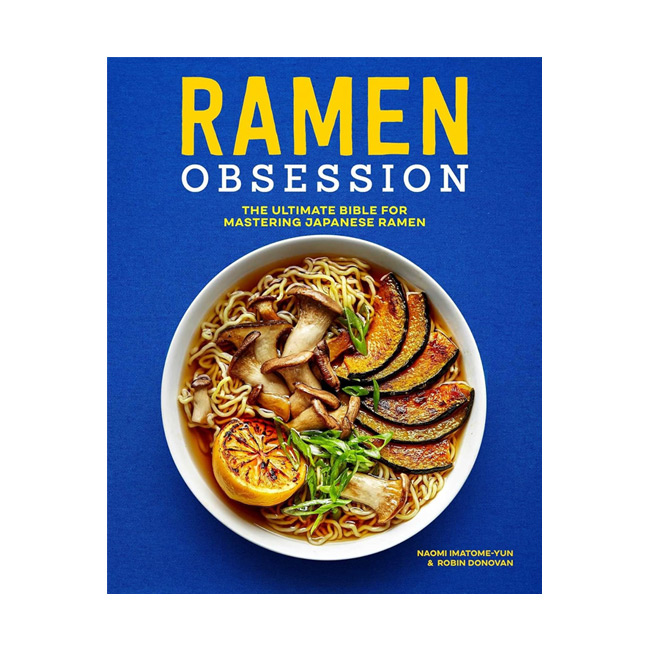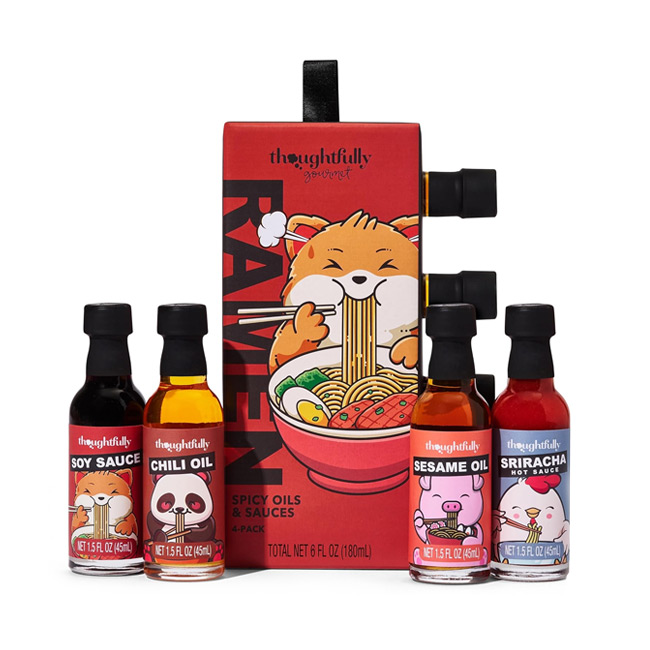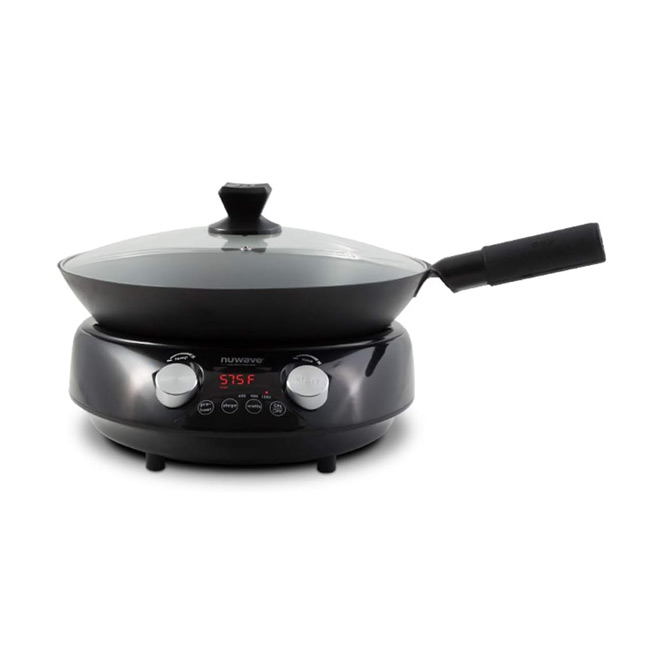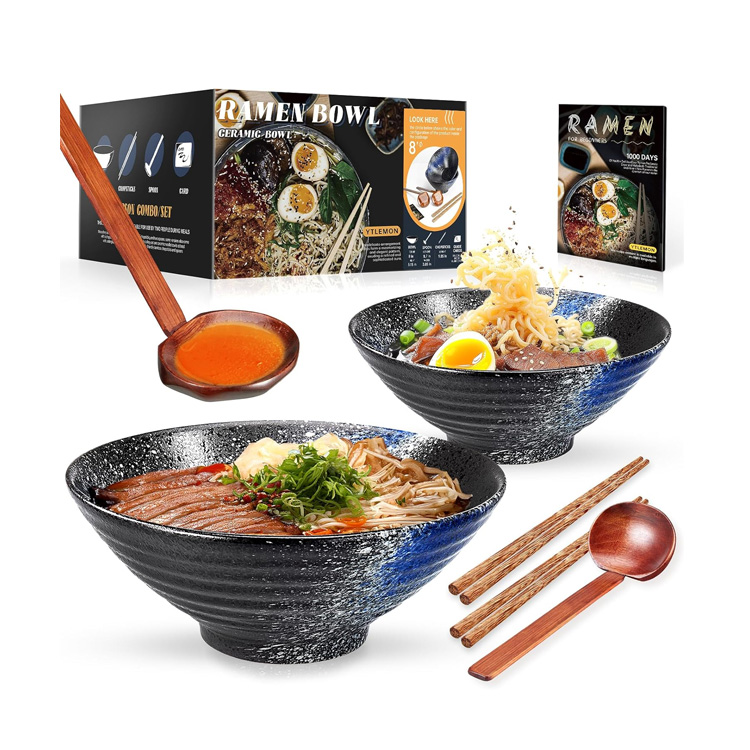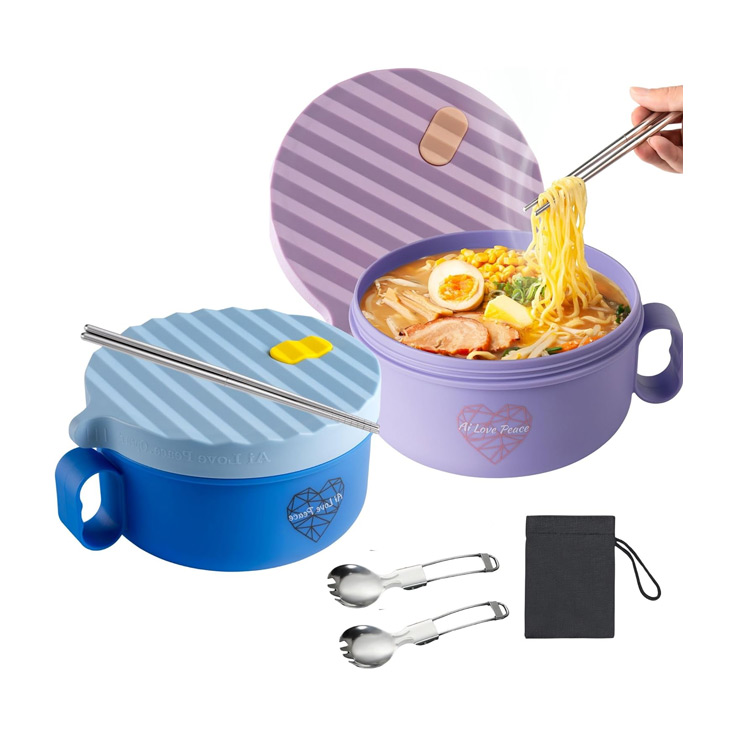While enjoying a bowl of ramen might seem straightforward, there are various customs and etiquette that enhance the experience and show respect for this cherished dish.
From the moment you step into a ramen shop, the atmosphere is filled with the comforting aroma of simmering broth and the sound of enthusiastic slurping.
No matter if you’re a first-time visitor to Japan or a ramen enthusiast looking to deepen your appreciation, understanding ramen etiquette will elevate your dining experience and connect you more deeply with Japanese culture.
1. Before You Enter the Ramen Shop
Before entering the ramen shop, it helps to have a basic understanding of the ordering process and the layout of the establishment. Many ramen shops use a vending machine system for ordering, where you select your ramen and any additional toppings by purchasing a ticket.
You can familiarize yourself with the common symbols and names of dishes to make the process easier. If the shop does not use a vending machine, be ready to communicate your order to the staff. And be aware of the seating arrangements, whether it’s a counter, communal table, or individual booths!
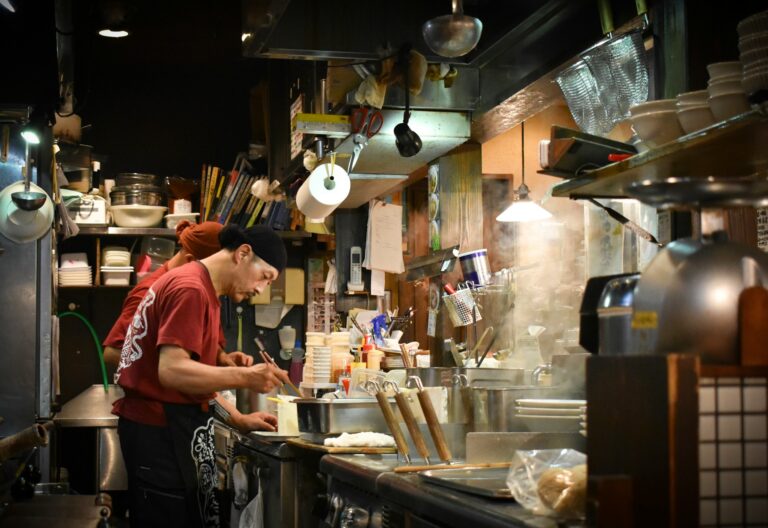
Observing the Queue: Waiting Patiently and Respecting the Order
In Japan, queuing is a common practice, especially at popular ramen shops. It’s important to observe the queue and wait patiently for your turn.
Cutting in line or saving spots for others is considered rude and disrespectful. So, use this waiting time to observe the atmosphere, read any available menus, or decide on your order. Respecting the queue not only shows consideration for other patrons but also contributes to a smooth and efficient dining experience for everyone.
Greeting the Staff: Basic Japanese Phrases for a Polite Interaction
Politeness and respect are fundamental aspects of Japanese culture, and greeting the staff appropriately sets the tone for a pleasant dining experience.
When you enter the ramen shop, it’s customary to greet the staff with a friendly “Irasshaimase!” (Welcome!) or a simple “Konnichiwa” (Hello). When interacting with the staff, using phrases like “Onegaishimasu” (Please) when ordering, “Arigatou gozaimasu” (Thank you very much) when receiving your meal, and “Gochisousama deshita” (Thank you for the meal) after finishing, will show your appreciation and respect.
These small gestures go a long way in creating a positive atmosphere and enhancing your overall experience.
2. Ordering Ramen
In many Japanese ramen shops, especially in bustling urban areas, ordering is done through vending machines.
These machines are typically located near the entrance and feature buttons with images, descriptions, and prices of various ramen options and toppings. Normally, the process is as follows:
- Start by inserting cash into the machine. Most machines accept both coins and bills.
- Press the button corresponding to the ramen dish you want. The machine will dispense a ticket for each item you select. If you’re unsure, look for the most popular choices, often highlighted or at the top.
- Once you’ve made all your selections, the machine will print out your tickets and return any change.
- Give the tickets to the staff, who will prepare your order!
Placing a Direct Order: Key Phrases and Tips for Ordering from Staff
In some traditional or smaller ramen shops, you’ll place your order directly with the staff. Here are some key phrases and tips to help you:
- Greet the Staff: A polite “Konnichiwa” (Hello) sets a friendly tone.
- Make Your Order: Use “Onegaishimasu” (Please) to start your order. For example, “Shoyu ramen onegaishimasu” (Shoyu ramen, please).
- Specify Toppings: If you want to add toppings, say “Chashu” (braised pork), “Tamago” (egg), or “Menma” (bamboo shoots) followed by “onegaishimasu“.
- Thank the Staff: After ordering, say “Arigatou gozaimasu” (Thank you very much).
Customizing Your Ramen: Options
One of the joys of ramen is its customization options. Here’s how you can tailor your bowl to your liking:
- Noodle Firmness: Different shops offer various noodle textures, from extra firm to very soft. Common terms include “kata” (firm) and “yawarakai” (soft). Specify your preference when ordering.
- Broth Richness: Adjusting the richness of the broth can enhance your dining experience. Ask for “kotteri” if you prefer a rich, fatty broth, or “assari” for a lighter, clearer broth.
- Toppings: Customize your ramen with a variety of toppings. Some popular options include:
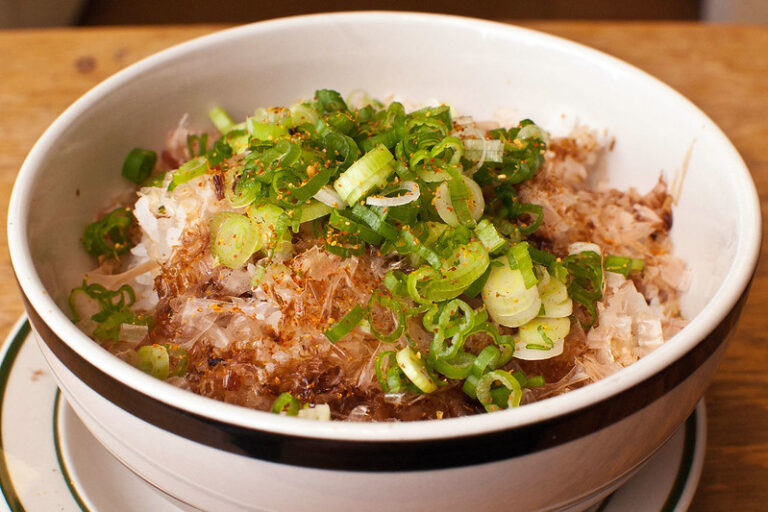
3. At the Table
Upon entering a ramen shop, you might encounter different seating arrangements depending on the establishment’s size and style. In many ramen shops, particularly smaller ones, seating is often at a counter, allowing you to observe the chef’s skillful preparation of each bowl.
Larger ramen shops might offer small tables or booths, providing a more private dining experience. In some cases, you may be directed to an available seat by the staff, while in others, you can choose your own spot.
Once seated, it’s time to prepare for your meal. You will typically find chopsticks, a spoon, and a napkin either already set at your table or provided in a container nearby. Begin by unwrapping the chopsticks and separating them if they are disposable wooden ones. Place them on the small chopstick rest, if available, to keep them clean. Arrange your spoon within easy reach, usually to the right of your bowl, ready to be used for sipping the broth or eating the toppings.
Pouring Water or Tea: Serving Yourself and Others if Needed
In many ramen shops, a self-service station offers water or tea, allowing you to pour yourself a drink. If this is the case, take a moment to fill a glass for yourself and, if you are dining with others, offer to pour drinks for them as well.
This courteous gesture is a small but significant part of Japanese dining etiquette. If the staff serves the drinks, accept the glass with both hands, showing appreciation for the service.
4. Eating Ramen
The first step in truly savoring a bowl of ramen is to taste the broth.
This step is essential as it sets the stage for the entire dining experience. When your ramen is served, take a moment to inhale the aroma, which will give you an initial sense of the flavors that await you.
Slurping Noodles: Significance and Technique
Slurping noodles is a significant aspect of ramen etiquette in Japan and is often encouraged. Contrary to some Western dining norms, slurping is seen as a compliment to the chef, indicating that you are thoroughly enjoying the meal. Additionally, slurping serves a practical purpose: it helps cool the noodles and enhances the flavors by aerating the broth.
To slurp properly, pick up a small portion of noodles with your chopsticks, lift them to your mouth, and gently suck in the noodles along with some broth. The sound of slurping might feel unusual at first, but it quickly becomes second nature and adds to the immersive experience of eating ramen. The key is to be confident and unselfconscious, embracing the cultural practice fully.
Using Chopsticks and Spoon
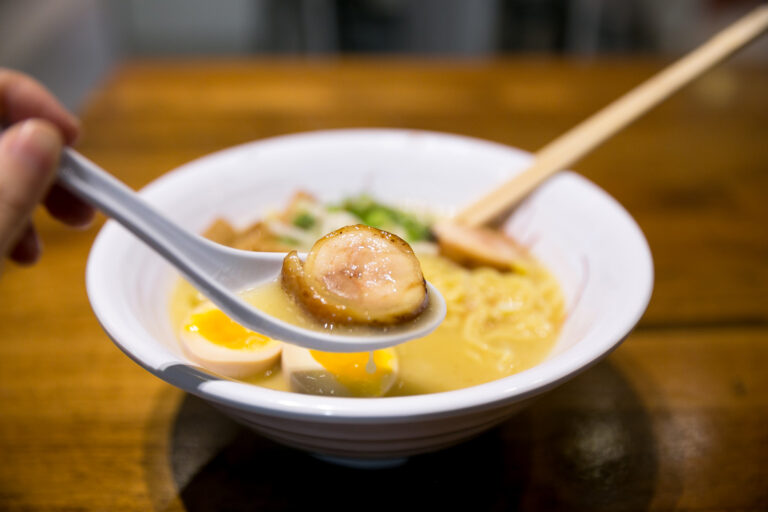
Using chopsticks and a spoon correctly is crucial for an enjoyable ramen experience. Hold the chopsticks towards their upper end, using your dominant hand, and use them to grasp and lift the noodles, taking care not to let them slip. The spoon, typically held in your non-dominant hand, is used to sip the broth and eat the smaller toppings.
For a balanced bite, you can use the spoon to scoop up some broth and toppings while simultaneously picking up noodles with your chopsticks.
Managing Toppings: How to Eat and Enjoy Various Toppings
Ramen toppings are as diverse as they are delicious, each adding unique textures and flavors to the dish. Managing these toppings involves a bit of strategy to ensure you enjoy each one at its best.
For larger toppings like chashu (braised pork) or soft-boiled eggs, you can use your chopsticks to break them into smaller pieces, making them easier to handle and mix with the noodles.
Delicate toppings like nori (seaweed) are best enjoyed quickly to appreciate their crisp texture before they soften in the broth. Toppings like menma (bamboo shoots) and green onions can be interspersed with the noodles and broth for a balanced bite.
5. Finishing Your Meal
As you near the end of your ramen experience, drinking the remaining broth is a common and appreciated practice. If you’ve enjoyed the flavors, lifting the bowl to your lips and sipping the broth directly shows your appreciation for the depth and complexity of the dish. This act is not only about savoring every last drop but also a gesture that signifies your enjoyment and satisfaction.
After you’ve finished eating, it’s courteous to tidy up your space. This involves placing your chopsticks neatly on the provided rest or across the bowl and arranging any used napkins in a way that makes it easier for the staff to clear. If you’ve used small plates or extra dishes for toppings, stacking them in an orderly fashion is a considerate way to help the staff manage your area more efficiently.
Finally, as you leave, expressing your gratitude to the staff is an important part of the dining experience. Saying “Arigatou gozaimasu” (Thank you very much) or “Gochisousama deshita” (Thank you for the meal) warmly acknowledges their service and the delicious food they’ve provided.

6. Additional Tips and Conclusion
In the quiet ambiance of a ramen shop, maintaining a respectful volume while eating is essential. The focus is often on enjoying the meal and savoring the flavors, so conversations are typically kept to a minimum and at a lower volume.
Observing the behavior of locals can also provide valuable insights into proper ramen etiquette. Watch how they handle their utensils, interact with the staff, and manage their dining space. This silent guidance can help you adjust your own behavior to align with local customs.
It’s also important to avoid common mistakes that might detract from the experience. For instance, avoid sticking your chopsticks upright in the bowl, as this is reminiscent of a funeral ritual in Japan. Additionally, don’t pass food from one pair of chopsticks to another, as this, too, has somber connotations.
To summarize, embracing ramen etiquette enhances your enjoyment and shows respect for Japanese culinary traditions.
Understanding and following these customs not only enriches your personal experience but also honors the rich history and communal spirit that makes ramen so special.


